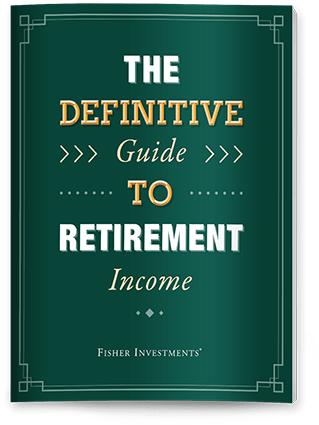Personal Wealth Management / Economics
An Inflation Microcosm in Eggs
While egg prices have surged lately, a sunnier side seems to be emerging—following the same pattern as prices generally.
US Customs and Border Patrol officials have reported a curious spike in people crossing the border from Mexico carrying … eggs. Yes, literal eggs. Huevos. The incredible, edible kind from chickens. According to a New York Times report, “U.S. Customs and Border Protection agents had more than 2,000 encounters with people trying to bring eggs into the United States from Mexico between Nov. 1 and Jan. 17, an agency spokesman said. In the same 11-week period a year earlier, there were about 460 such encounters.”[i] This isn’t smuggling, per se. It is people bringing the eggs into America for their own consumption. Why? Prices have surged, fueling yet more inflation angst among consumers—even if the category is just 0.147% of the US Consumer Price Index (CPI) basket of goods and services. But now, there are early signs that price surge has cracked, which should bring more relief—a microcosm of the process underway globally, easing a key fear that weighed on stocks last year.
Eggs prices are sizzling lately. While the seasonally adjusted CPI fell -0.1% m/m in December, prices of this culinary staple jumped 11.1%—the fastest rise of any CPI subcomponent.[ii] In year-over-year terms, egg prices were up 59.9% in December. In raw commodity price terms, USDA grade A large eggs rose 232% in 2022.[iii] And in so doing, commentators have scrambled to opine on the subject, with some advocacy groups alleging collusion and trying to whip up government intervention.[iv]
But those allegations seem both over-egged and poorly timed. For one, while egg-flation likely does in part owe itself to the general rise in consumer prices, the turbocharged increase seemingly stems more from the vast outbreak of avian flu last year. The government requires farmers to euthanize any flock when bird flu is detected, as it was in many parts of the US last year. As Glenn Hickman, the president of one fairly large egg producer, told Bloomberg’s “Odd Lots” podcast this week, this resulted in the loss of about 15% of America’s egg-laying chickens this year.[v] That coincided with high and rising costs tied to grain prices, which farmers tried to pass on to grocers. At the same time, demand for eggs jumps seasonally around the holidays, tied to increased baking. That is a perfect storm for big spikes in prices. Collusion? We doubt it.
But now, with demand waning post-holiday season and producers starting to recover from the flu outbreak, there are early signs of improvement in benchmark egg prices. (Exhibit 1)
Exhibit 1: Is Egg Spike Ebbing?

Source: FactSet, as of 1/25/2023. 1/24/2020 – 1/24/2023.
Ultimately, what has happened in the egg market is a microcosm of prices generally. As supply and demand come into better balance, input costs improve. That then flows through to producer prices, wholesalers, retailers and, eventually, to consumers. That likely doesn’t show yet in the egg market, but if the trend above continues, it should in time. This is the very same process that has taken place in other areas, slowing overall CPI—and providing investors some relief.[vi]
So before US Customs catches you with egg on your face, take note of the above. And, remember: Whatever happens with prices, there is a $1,000 fine for crossing the border with eggs. In egg smuggling, it is clear even soft-boiled crime doesn’t pay.
[i] “The Newest Contraband at the Mexican Border: Eggs,” Amanda Holpuch, The New York Times, 1/25/2023.
[ii] Source: US Bureau of Labor Statistics, as of 1/25/2023.
[iii] Source: FactSet, as of 1/25/2023. USDA Grade A Large Eggs price per dozen, 12/31/2021 – 12/31/2022.
[iv] “Egg Prices Rose 60% in 2022. One Farm Group Claims It’s a ‘Collusive Scheme’ by Suppliers,” Greg Iacurci, CNBC, 1/23/2023.
[v] “Transcript: What the Heck Is Going on With Egg Prices,” Joe Wiesenthal and Tracy Alloway, Bloomberg, 1/24/2023.
[vi] Note: This doesn’t mean 2020-era prices are just around the corner. That would require a deep deflation that looks very unlikely. It is a matter of slowing the rate of increase to more normal, pre-2020 rates.
If you would like to contact the editors responsible for this article, please message MarketMinder directly.
*The content contained in this article represents only the opinions and viewpoints of the Fisher Investments editorial staff.
Get a weekly roundup of our market insights
Sign up for our weekly e-mail newsletter.

See Our Investment Guides
The world of investing can seem like a giant maze. Fisher Investments has developed several informational and educational guides tackling a variety of investing topics.


